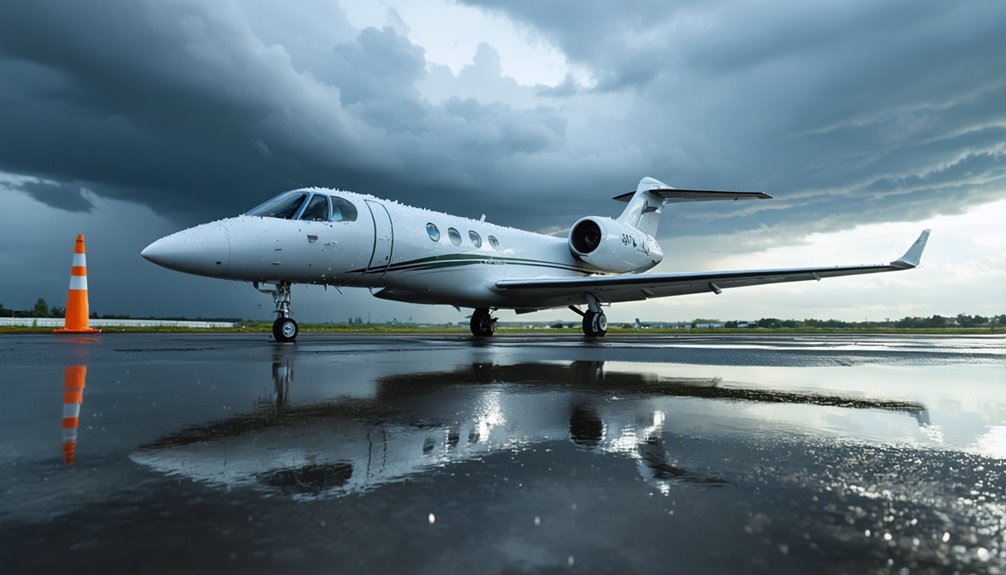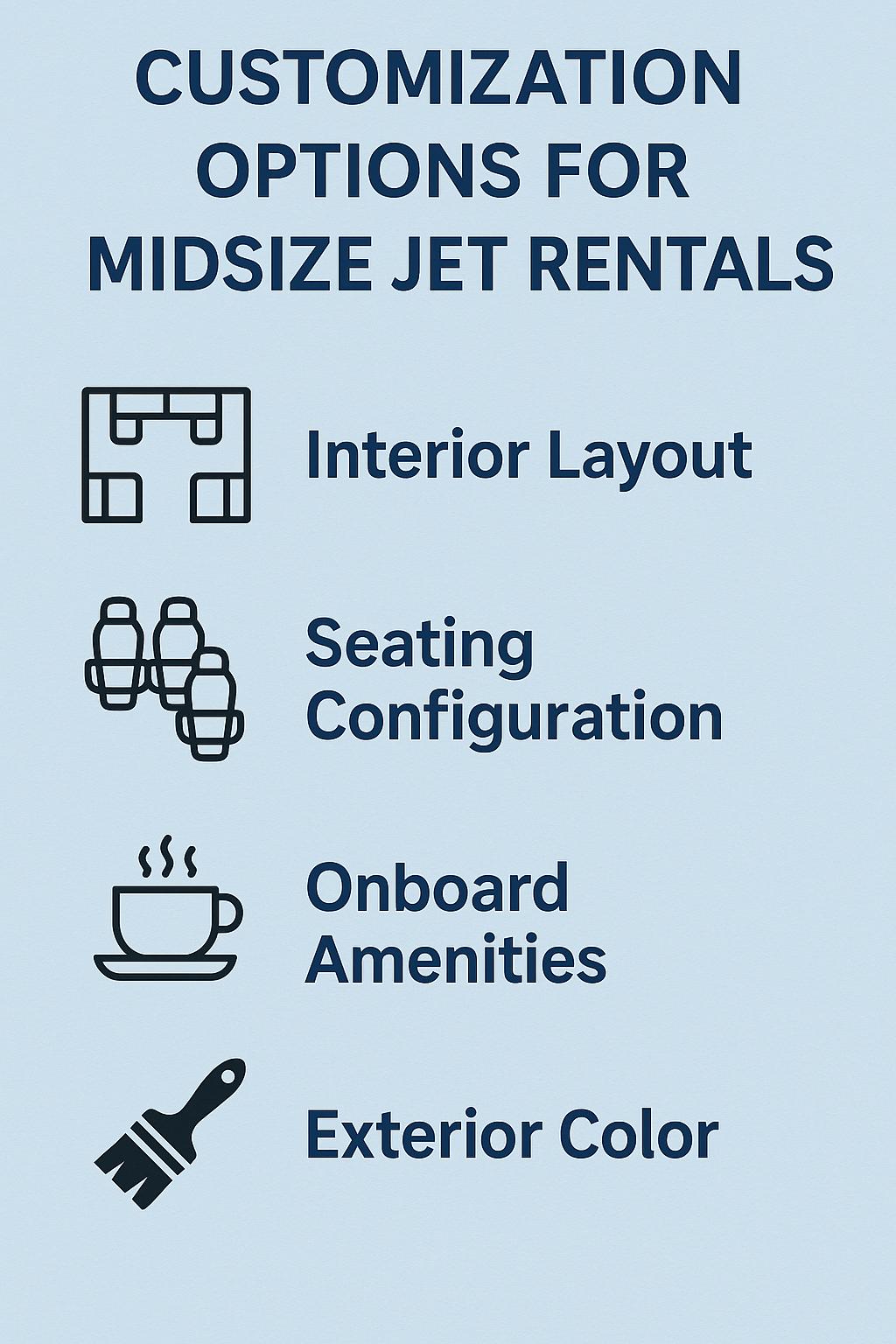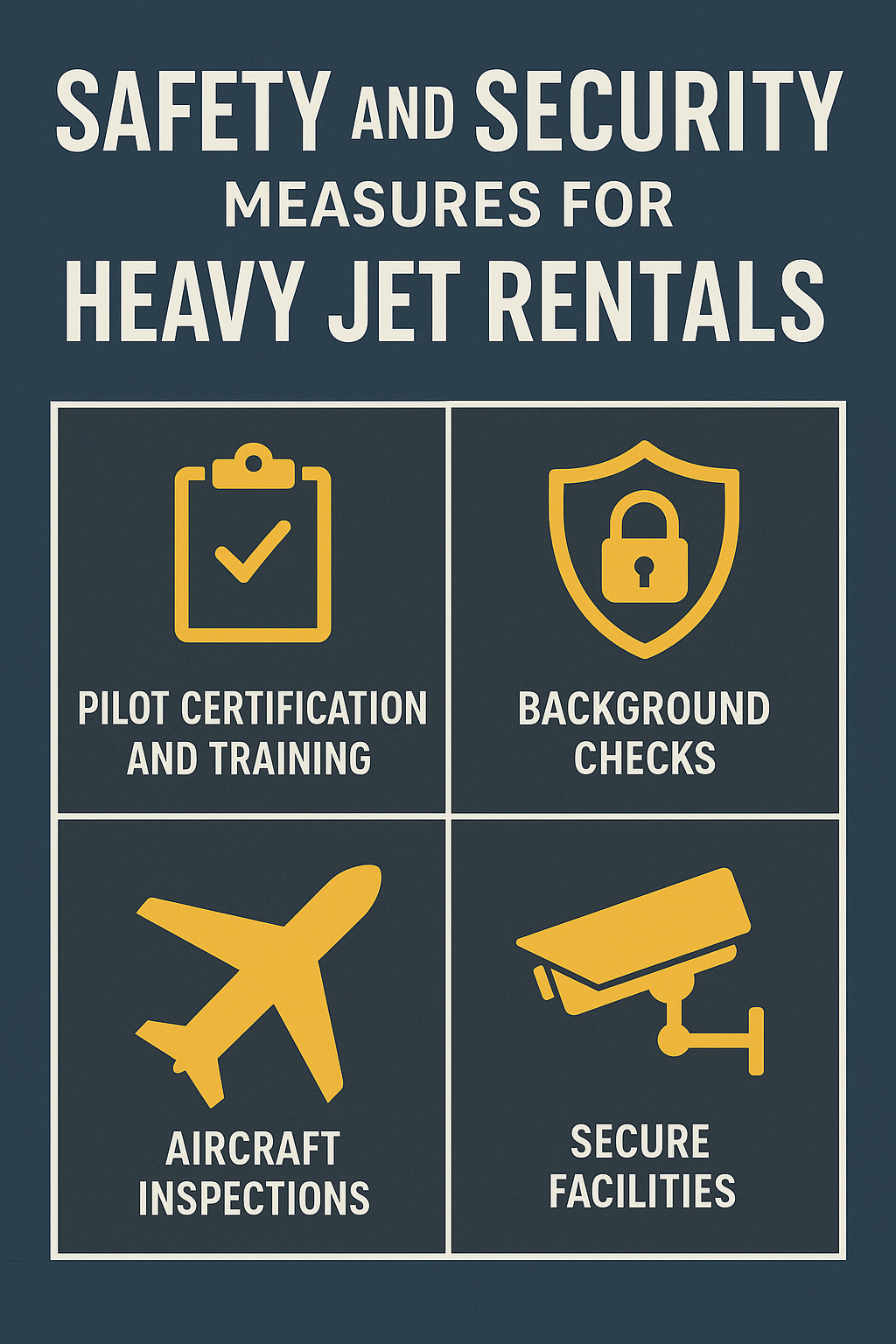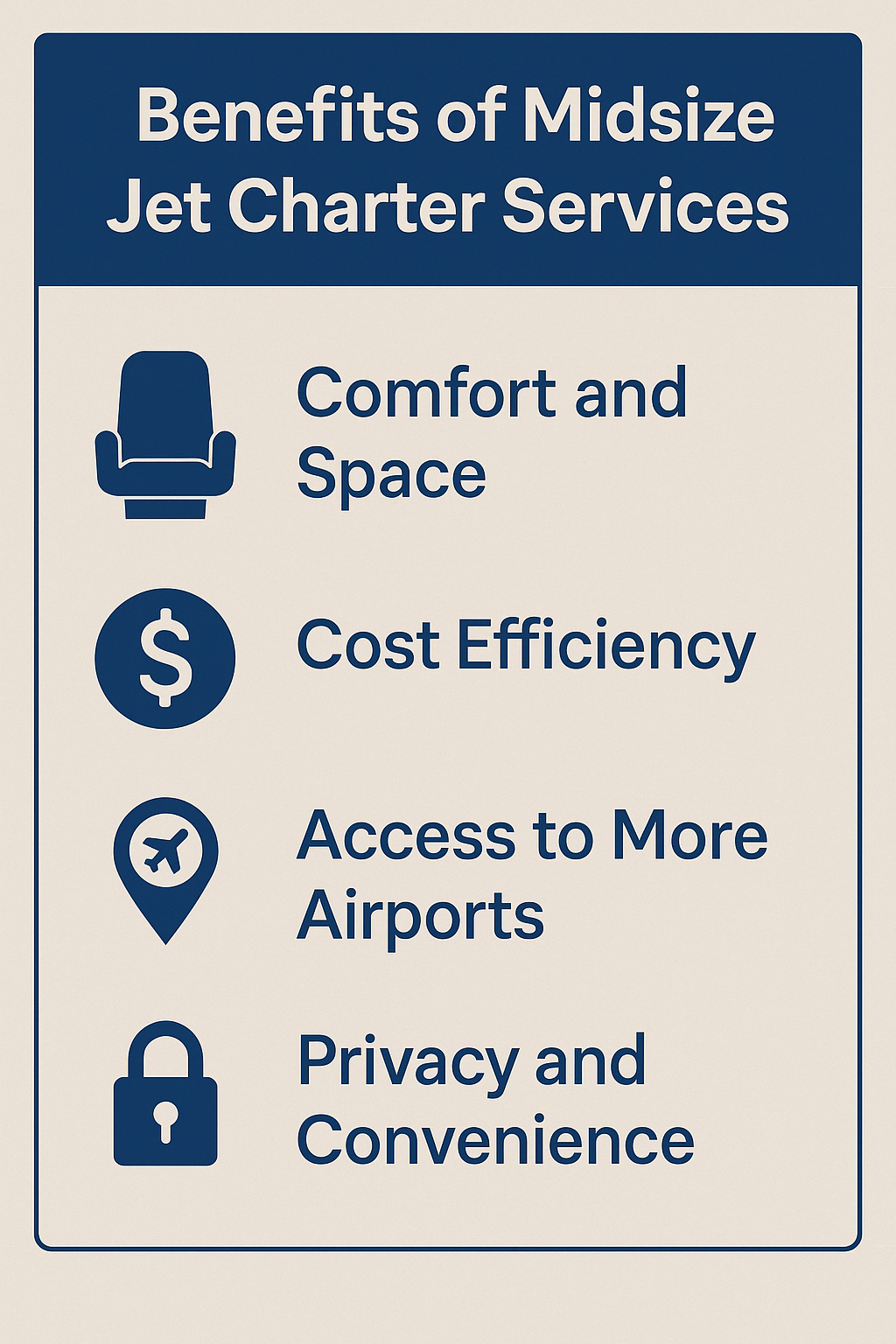Understanding the Range and Capacity of Heavy Jets
Heavy jets are a special category of private aircraft. They have a takeoff weight of over 300,000 pounds. These jets can fly a long distance, ranging from 3,000 to 8,000 miles. They usually carry between 12 and 19 passengers. Comfort is a priority, with spacious interiors.
Models like the Gulfstream G650 and Bombardier Global 7500 stand out. They can travel more than 7,000 nautical miles without needing to stop for fuel. Inside, the cabins are luxurious. Many come with private suites, areas for meetings, and even gourmet kitchens.
Technological advancements are key. These jets have improved aerodynamics and fuel management systems. This helps them use less fuel and fly more efficiently. The industry is also looking at ways to become more environmentally friendly. Innovations continue to shape the future of heavy jets, making them even more appealing to travelers.
Key Takeaways
Heavy jets are a unique category of private aircraft. They can fly long distances, with a maximum range of 3,000 to 8,000 miles. Some top models, like the Gulfstream G650, can even exceed this range, making them ideal for international travel.
These jets usually carry between 12 to 19 passengers. The cabin setups are flexible, allowing for luxury or business configurations. This versatility makes heavy jets popular among corporate executives and wealthy individuals.
To qualify as a heavy jet, an aircraft must have a maximum takeoff weight of 300,000 pounds or more. This classification reflects their size and capability. The interiors of these jets often include private suites, sleeping areas, high-tech entertainment systems, and gourmet kitchens. Such amenities ensure comfort and convenience during long flights.
Heavy jets also feature advanced aerodynamics and fuel management systems. These technologies help optimize performance, making long-haul flights more efficient. Overall, heavy jets are a top choice for those who prioritize luxury and performance in air travel.
What Defines a Heavy Jet in the Aviation Industry
Heavy jets are a distinct category in the world of aviation. The Federal Aviation Administration (FAA) classifies these aircraft as those with a maximum takeoff weight of 150 tons (300,000 lbs) or more. This weight threshold sets them apart from lighter jets.
What makes heavy jets unique is their large passenger capacity and luxurious features. These jets usually carry between 12 to 19 passengers. Inside, you’ll find spacious cabins that often include private suites, advanced entertainment systems, and gourmet kitchens.
They’re built for long-haul travel, with ranges typically between 3,000 to 7,000 miles without stopping. Some models, like the Gulfstream G650, can even fly over 8,000 miles. These capabilities change the way people travel long distances, providing unmatched comfort and efficiency for those who fly.
In the world of private aviation, heavy jets represent the pinnacle of luxury and performance. They’re designed for those who value both space and service during their travels.
Maximum Range Capabilities of Popular Heavy Jet Models

Heavy jets stand out for their luxurious features and impressive range. They can connect distant locations around the world without needing to stop for fuel. The Gulfstream G650 takes the lead with a remarkable range of over 8,000 miles. Close behind is the Bombardier Global 7500, capable of flying 7,474 nautical miles.
Imagine flying across continents without the hassle of refueling. Picture the ease of reaching global destinations that other aircraft can’t access. You can conduct business around the world with the same simplicity as if you were traveling across town.
These heavy jets showcase the best of aviation technology. The Dassault Falcon 8X and Bombardier Global 6500 also impress with ranges of 6,290 and 6,563 nautical miles, respectively.
This means you can travel further and do more, all while enjoying the comfort and style these jets provide.
Passenger Capacity and Cabin Configurations

Heavy jets are known for their impressive flexibility. They can be arranged in many ways. Some layouts can fit up to 19 passengers. Others focus on luxury, offering exclusive executive suites.
Premium configurations often trade off the number of seats for comfort. Instead of cramming in more passengers, these jets provide spacious seating pods, private sleeping quarters, and dedicated work areas. This makes for a more enjoyable flying experience.
Operators can also customize the cabin into different zones. Imagine having a business area in the front, a conference space in the middle, and a relaxation zone at the back. This setup caters to various passenger needs, making heavy jets a popular choice for diverse travel groups.
High-Density vs. Premium Layouts
Heavy jets come in different designs, focusing either on carrying many passengers or providing luxurious amenities. When choosing a heavy jet, it’s important to consider the balance between high-density layouts and premium layouts.
The Bombardier Global 6000 is a great example of a high-density layout. It can carry up to 19 passengers, making it ideal for larger groups. Even with the focus on capacity, it still offers comfort that passengers appreciate.
On the other hand, the Gulfstream G650 showcases a premium layout. It has fewer seats but emphasizes luxury. The full-recline seating and advanced entertainment options turn long flights into restful and productive journeys.
Flexible cabin designs play a key role here. They allow for customization, whether you need space for meetings or areas to relax.
Heavy jets with premium layouts often prioritize comfort, making long-distance travel much more enjoyable.
Executive Suite Options
Heavy jets represent the top tier of private aviation. These spacious aircraft can carry between 12 and 19 passengers, making them perfect for business leaders and affluent travelers. When you step inside, you notice a blend of luxury and utility that changes how you think about flying.
Many heavy jets boast private suites that include sleeping areas, full kitchens, and advanced entertainment options. Companies like Bombardier and Gulfstream are pioneers in this field, offering cabins that can be adjusted to fit different needs.
It’s impressive how they maintain a focus on comfort, even while accommodating more passengers.
Storage space is another strong point of these jets. They’ve ample room for luggage and equipment, ensuring that everything travels comfortably. This makes heavy jets an excellent choice for long-distance business trips.
Multi-Class Configuration Flexibility
Heavy jets are a top choice for travelers looking for flexibility in cabin configurations. These spacious interiors can comfortably host between 12 to 19 passengers, which makes them ideal for both business and leisure trips.
The multi-class options provide a unique approach to inflight comfort, allowing for a truly personalized experience. Imagine having your own private area designed for relaxation. Some heavy jets feature separate suites, turning your flight into a luxurious escape high in the sky.
You might also find full-sized bathrooms and gourmet kitchens, offering amenities that compete with those on the ground. One of the great things about heavy jets is their adaptable seating arrangements. They can change easily to fit your specific travel needs.
This means that whether you’re holding a business meeting or enjoying a family vacation, the environment can be tailored just for you. Heavy jets stand out for their versatility. The cabins can be reconfigured between flights, providing both comfort and practicality.
This flexibility ensures that your investment remains valuable across different travel demands.
Technical Factors Affecting Heavy Jet Performance

Let’s explore the technical aspects that influence the performance of heavy jets. These jets are known for their powerful engines, which deliver thrust-to-weight ratios that surpass those of typical commercial airplanes. This strength allows them to take off and climb efficiently.
Aerodynamics play a significant role too. Heavy jets often feature advanced designs like supercritical airfoils and winglets. These innovations help to cut drag, offering a reduction of up to 5%. This means they can fly further on less fuel, which is a big advantage for long-distance travel.
Fuel management is another critical element. Heavy jets use sophisticated systems that monitor fuel usage closely. By applying optimized algorithms, these systems ensure that jets operate at peak efficiency through all stages of flight. This efficiency directly impacts how far a heavy jet can fly before needing to refuel.
Engine Power Specifications
Heavy jets are powerful machines that play a crucial role in modern air travel. Three main aspects shape their engine power specifications. First, thrust output stands out. It typically ranges from 12,000 to 18,000 pounds for each engine. This significant thrust allows heavy jets to fly long distances, often over 8,000 miles.
When looking at these impressive aircraft, several features capture attention. Advanced turbofan engines are a key highlight. They improve fuel efficiency while allowing the planes to cruise at speeds of up to 520 knots.
Another noteworthy aspect is the noise-reduction technologies. These innovations enhance passenger comfort without sacrificing performance. Additionally, adaptive thrust systems ensure that heavy jets can climb rapidly, even in challenging weather.
The engine power specifications are essential. They determine how well heavy jets can merge speed, distance, and cost-effectiveness. This combination has transformed what was once considered impossible in aviation into the norm for international flights.
Aerodynamic Design Innovations
Heavy jets have come a long way thanks to modern aerodynamics. These planes aren’t just about looks; they’re engineered for performance.
For instance, unique wing shapes and sleek fuselage designs help cut down on drag. This means they use less fuel on long flights.
Winglets are an exciting feature. These vertical extensions at the tips of wings help reduce drag significantly—by as much as 20%. This makes the jet fly farther and perform better.
Advanced materials, like lightweight composites, also play a big role. They offer a strong yet light structure, which is crucial for flight. Moreover, variable-sweep wings adapt their shape for better lift during takeoff and cruising.
Computational fluid dynamics is a game-changer. It allows engineers to test airflow on computers before building anything.
This careful planning in aerodynamic design is what keeps improving the capabilities of heavy jets.
Fuel Management Systems
Heavy jets play a crucial role in the world of private aviation. They’re designed for long-range travel and offer a range of features that enhance performance. Fuel management systems are essential for these aircraft, helping to optimize fuel usage and extend flight distances. These advanced systems ensure fuel is distributed evenly across various tanks, which helps maintain stability during flight.
Imagine flying across vast oceans with fuel reserves that are precisely calculated. This type of planning not only boosts confidence but also supports a commitment to reducing environmental impact through lower emissions. Plus, operating heavy jets comes with significant cost savings, making them a smart choice for frequent travelers.
One of the standout features of heavy jets is their automated fuel transfer systems. These systems work by redistributing fuel between tanks as needed, keeping the aircraft balanced and improving performance. This innovation helps reduce unnecessary weight, leading to better efficiency and longer ranges.
In short, heavy jets combine advanced technology and thoughtful design. They offer a smooth flying experience while ensuring that every journey is efficient and environmentally conscious.
Fuel Efficiency and Environmental Considerations
Heavy jets have changed a lot over the years. They can now carry more passengers over longer distances while being kinder to the environment. New designs in aerodynamics and fuel-efficient engines help reduce fuel use on long flights. This makes heavy jets more eco-friendly than ever.
One interesting development is the use of lightweight materials in engine design. These materials help the jets fly farther while using less fuel. The aviation industry is also looking at alternative fuels and hybrid-electric systems. These options help lessen the impact on the environment.
Heavy jets also use smart technology for route optimization. This technology considers weather conditions, improving how efficiently they fly.
Even though these planes are large, they’re paving the way for a more sustainable future in aviation.
Comparing Heavy Jets to Other Aircraft Categories

When we look at heavy jets and other types of private aircraft, the differences in passenger capacity and range are clear. Heavy jets are impressive. They can carry 12 to 19 passengers and fly 3,000 to 8,000 miles. This makes them ideal for long international flights, providing both comfort and convenience.
Their high maximum take-off weight of 300,000 lbs or more gives them a distinct advantage in terms of performance compared to lighter aircraft.
Heavy jets’ exceptional take-off weight enables superior performance capabilities that lighter aircraft simply cannot match.
Midsize jets are good for shorter trips, but they don’t offer the same transcontinental reach that heavy jets provide. If you’re looking for a jet that can handle long distances, heavy jets are the way to go. Super midsize jets offer a solid option, but they still lack the global capabilities that heavy jets possess.
Light jets are nimble and efficient, great for quick regional flights. However, they aren’t suitable for long international journeys. For those who want to explore the world, heavy jets are the best choice. They allow for transformative travel experiences, making long distances feel manageable.
Latest Technological Advancements in Heavy Jet Design
Heavy jets are a popular choice for private travel, known for their impressive range and luxury features. Manufacturers focus on fuel efficiency, using advanced aerodynamics and state-of-the-art engine technology. This not only cuts costs but also allows these jets to fly longer distances without refueling.
A great example is the Bombardier Global 7500, which can travel up to 7,474 nautical miles. This showcases the peak of modern engineering.
Lightweight composite materials have replaced traditional metals in many parts of heavy jets. This change reduces weight while keeping the structure strong. The latest avionics systems offer real-time analytics and automated flight controls. These features improve safety and make flying more efficient.
Cabin comfort is another key area of innovation. Many heavy jets now include advanced soundproofing, fast internet connectivity, and customizable lighting.
These elements work together to provide a superior experience for passengers on long flights. Heavy jets truly represent the height of luxury travel.
Frequently Asked Questions
How Far Can a Heavy Jet Fly?
Heavy jets can fly between 3,000 and 7,000 miles. The distance depends on factors like passenger capacity and fuel efficiency. These jets are designed for long-haul travel, making them ideal for crossing oceans or reaching distant cities.
Factors like flight duration and altitude also play a role in how far heavy jets can go. Altitude affects fuel burn, which in turn impacts range. Operational costs are another important aspect. Maintaining a heavy jet can be expensive, yet their comfort and speed often justify the investment.
What Is the Range of a Large Jet?
Large jets, especially heavy jets, can typically fly between 3,000 to 8,000 miles. This distance can change based on several factors.
Jet fuel efficiency plays a big role. Some heavy jets are designed to use fuel more effectively, allowing them to travel farther. Flight altitude also matters. Higher altitudes can help jets fly more smoothly and save fuel.
Passenger capacity is another factor. If a jet carries more people, it might need more fuel, which can limit its range. Runway requirements are important too. Some heavy jets need longer runways to take off and land safely. Finally, weather conditions can impact how far a jet can travel. Strong winds or storms can affect flight paths and fuel usage.
What Private Jet Has a 3000 Mile Range?
When it comes to heavy private jets with a range of 3000 miles, there are a few standout models. The Dassault Falcon 2000 is one. It combines luxury with performance and can comfortably fly long distances. The Gulfstream G280 is another excellent choice. Known for its spacious cabin and advanced technology, it makes long trips enjoyable. Lastly, the Embraer Legacy 650 is worth mentioning. This jet offers a roomy interior and strong range capability.
Each of these jets has unique features. The Falcon 2000 is praised for its efficiency and speed. The G280 shines in passenger comfort, making it ideal for business travel. Meanwhile, the Legacy 650 stands out for its impressive baggage capacity, allowing for ample storage on long journeys.
These jets cater to different needs. Whether you prioritize luxury, efficiency, or space, there’s a heavy jet for you. The aviation industry recognizes these models for their reliability and performance, making them popular choices among travelers.
What Is the Maximum Range of a Jet?
When discussing the types of private jets, heavy jets stand out. These jets are known for their spacious interiors and long-range capabilities. They can typically fly over 5,000 miles without needing to refuel. This is impressive compared to smaller jets, which often have shorter ranges.
Heavy jets like the Gulfstream G650 and Bombardier Global 7500 are designed for comfort and efficiency. They offer features such as large cabins, advanced technology, and high cruising altitudes. These characteristics make them ideal for long-distance travel.
Payload capacity plays a crucial role in a jet’s performance. Heavy jets can carry more passengers and luggage, which also affects how far they can fly. Fuel efficiency is another factor. Jets that use fuel wisely can travel farther on the same amount of fuel.
Conclusion
Heavy jets are fascinating machines. They have evolved significantly, much like how eagles adapt to their environments. These jets play a crucial role in long-haul flights, providing both range and capacity. They can carry many passengers and large amounts of cargo, making them essential for global travel.
Manufacturers are always looking for ways to improve efficiency and performance. They focus on new technologies that help reduce fuel consumption and lower emissions. This is important as the aviation industry faces environmental challenges.
Understanding heavy jets is important for anyone interested in aviation. It helps us appreciate the advancements in commercial flight and what the future may hold. These jets are not just tools for travel; they represent the progress of engineering and design in the skies.






